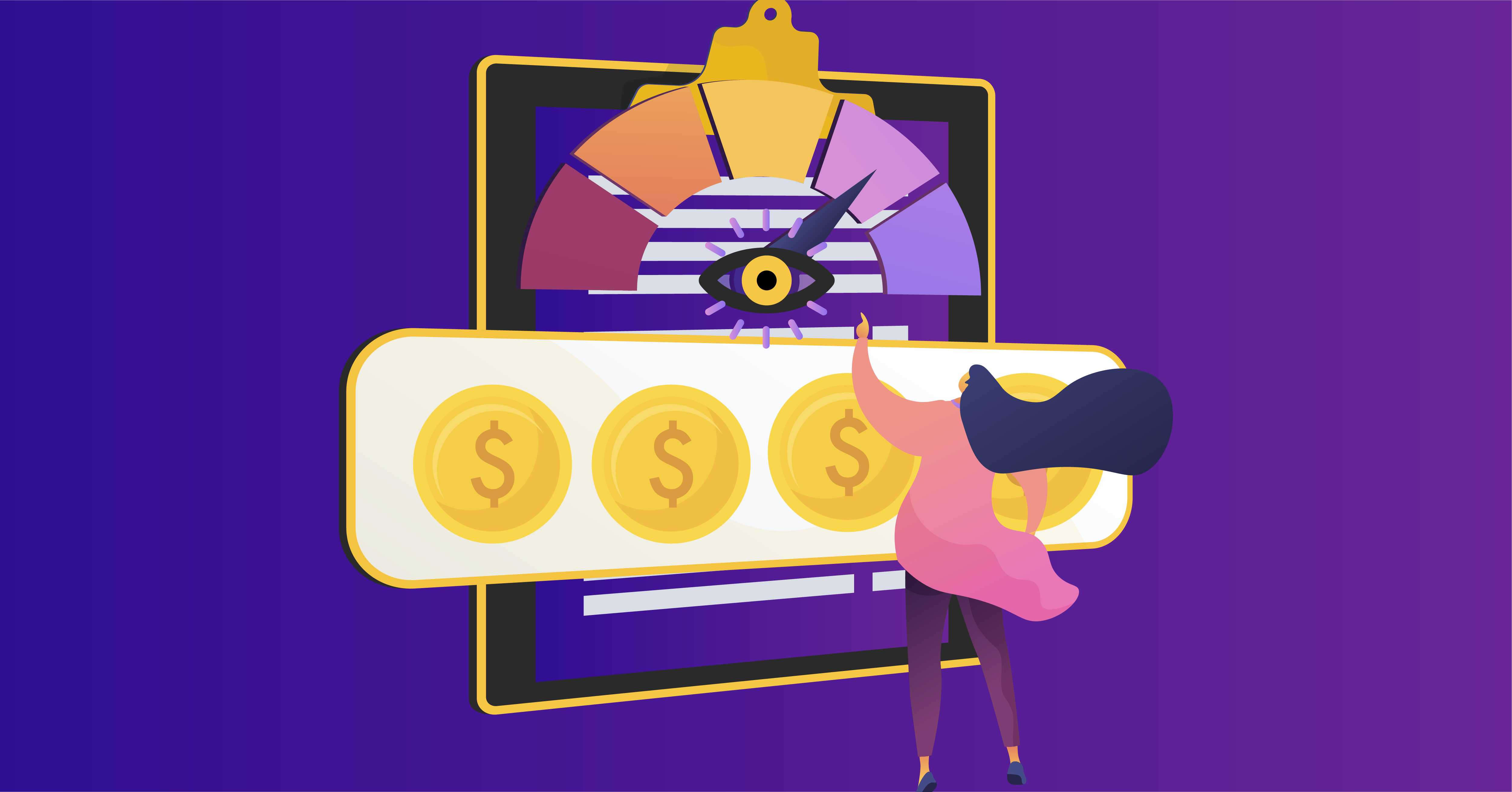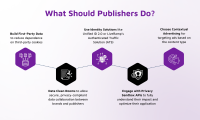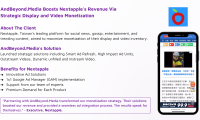eCPM: Importance, Formula, and How to Increase It?
Another day in this era of digital marketing and another metric to explore. The perpetual goal of every publisher is to keep increasing their revenue and eCPM is considered the most lucrative advertising/pricing model. Or wait…was it CPM? Publishers may often find it difficult to choose one of these two models. After all, they are very much related.
Let’s take a look at both these metrics and understand their significance to spot the difference between the two.
What is CPM?
CPM, or Cost per Mille or Cost per Thousand Impressions, is the metric used to define the amount that advertisers pay for every one thousand impressions they receive. An impression refers to the ad views received by the advertiser. CPM is a pricing model that only depends on the ad views. Any other type of interaction, like clicks or conversions, is not taken into account. However, there are other pricing models like CTR, CPC, or CPA to track those engagements.
What is the formula to calculate CPM?
CPM = Total Campaign Spend ÷ Total number of Impressions X 1,000
If a publisher is charging $20 CPM, then it simply means that the advertiser is paying $20 for 1000 impressions or ad views.
What is eCPM?
eCPM, or effective Cost per Mille or effective Cost per Thousand Impressions, is a metric used by publishers to estimate ad revenue. The word ‘effective’ here stands for the cumulative profit made by publishers. This means that eCPM considers the profits generated by all ad campaigns including CPC (Cost Per Click), CPA (Average Cost Per Action), CPL (Cost Per Lead), etc. This very factor makes this KPI one of the most important and coveted pricing models.
What is the formula to calculate eCPM?
eCPM = Total earnings ÷ Total number of impressions X 1,000
What is the difference between CPM and eCPM?
| CPM | eCPM |
| The CPM tracks the amount that is payable by the advertiser for 1,000 impressions. This means that CPM is a metric used on the advertiser’s side. | eCPM represents the revenue earned by the publishers across all the ad units hosted on the website. Hence, eCPM is a metric used on the publisher’s side. |
| CPM only considers the CPM ads. | eCPM considers the impressions received by all types of published ads. |
| Low CPM means low ad expense and high ROI for advertisers. | The higher the eCPM, the more revenue is generated by the publishers. |
Why is eCPM important?
eCPM is based on the revenue generated through all the sites and ad inventories. This KPI helps publishers to meticulously track the source of their revenue and identify the ad inventory or web page that offers them the highest eCPM.
Publishers can also run ad tests to compare estimated revenue generated across different, ad units, geography, time, audience, niche, etc. This simply allows them to strategize their monetization in a way that drives them the maximize profit.
How to increase the eCPM?
- Join multiple ad networks
Large-scale publishers with heavy traffic can partner with multiple ad networks to use all the inventories to their full potential. The different types of ad networks that they can work with include vertical ad networks, premium ad networks, inventory-specific ad networks, and more.
Publishers must pick ad networks based on their revenue goals. They can also work with other ad tech platforms like SSPs and ad exchanges to enter competitive bidding and receive higher demand for the available inventories.
- Increase website traffic
Higher the traffic, the higher the revenue. Publishers can drive more traffic using SEO, community building, email marketing, social media marketing, building targeted landing pages, etc. Website traffic is considered one of the most important variables by advertisers. Furthermore, ad networks too have a minimum traffic requirement for the publishers that want to join them.
Publishers have to strike the right balance between the content niche as well as the ads displayed on the site. If they don’t match, it may lead to an increase in bounce rates and a decrease in eCPM.
To drive the audience to the website, publishers need to add value to their time, and that can be done by publishing various kinds of valuable and interactive content. SEO and paid marketing may drive the audience to the publisher’s site but it’s the content on the page that helps them stay and engage. After all, generating website traffic is about building customer relationships and retention.
- Optimize the publishing site
There are multiple factors that contribute to website or app optimization. Some common factors include regulating the site speed, making the website mobile-friendly, interactive UI/UX, etc. Along with that, publishers must also ensure that their page designs are optimized well to host ads of various formats. They should find the balance between the quantity of content and ads on a webpage.
One of the responsibilities of publishers is to lead the eye through the content. If the page is filled with an overwhelming number of ads or incohesive ad formats, then it may not interest the users at all. With eCPM, publishers have the scope to experiment with ad placements and sizes. To yield the most revenue, it’s best to have experts on board to help with it and avoid ad blindness.
- Use varied ad formats
How is it possible to use various art formats and not cause ad blindness or banner noise at the same time? Ad blindness is a phenomenon that occurs when sites are filled with multiple banner ads. How to fix this? Publishers should choose the ad formats that give them the highest eCPM and allocate a relevant number of ads to each page.
Here are various ad formats that they can explore:
Banner ads: They come with static graphics and are textual.
Native ads: They are in coherence with the web page and make it look like they are a part of the content.
Video ads: They are the best to catch the attention of the user and are proven to generate commendable revenue.
Interstitial ads: This is an interactive ad format for mobile apps. This is one of the most common in-game ad formats.
Rewarded Video Ads: This is another interactive in-game ad. It encourages gamers to interact with the ad in exchange for rewards.
- Enhance the website user experience (UX)
Earlier we talked about how important it is to make the visitor stay on the website and take action. That can be done by working on the website UX. Good UX leads to increased exploring more web pages, sign-ins, registrations, subscriptions, and ad interactions.
Speaking of ads, maintaining the number, quality, and context of ads can also help enhance the UX. Here are some other UX strategies that publishers can incorporate on their sites.
- Consistent design elements
- Content and ad personalization
- Interlinking
- Displaying data-driven ads
- Optimize it for mobile
In conclusion…
eCPM is a promising KPI that focuses on what’s most important to the publishers- ad revenue. The qualification of a good eCPM rate is highly relative based on factors like ad formats, inventories, ad networks, geography, demography, etc. Publishers should set revenue goals keeping these factors in mind and build strategies to achieve that keeping the eCPM metric at the center. Furthermore, to make the most of eCPM, publishers must also keep up with the uptrends and downtrends of the ad tech industry.




Leave a Reply